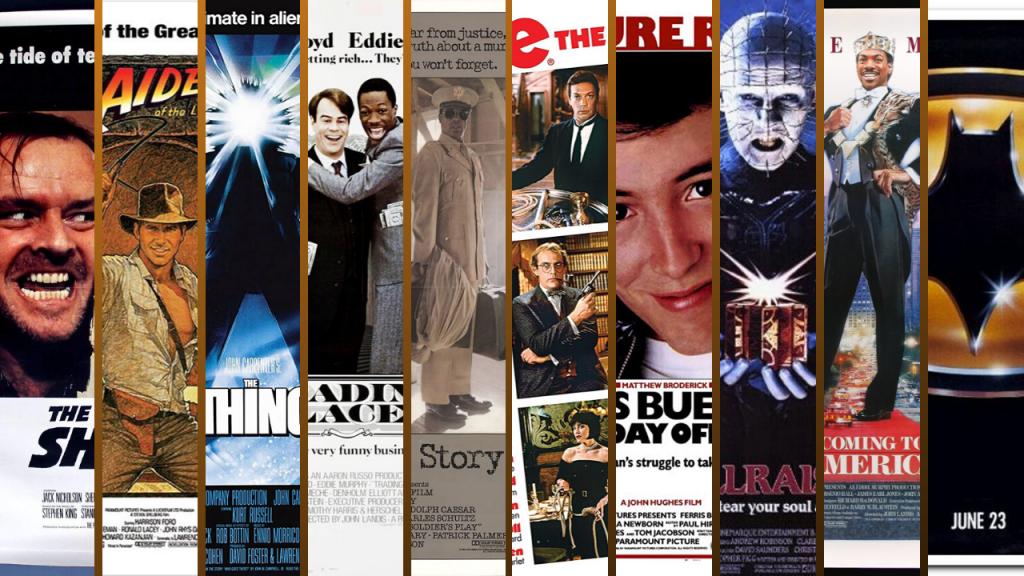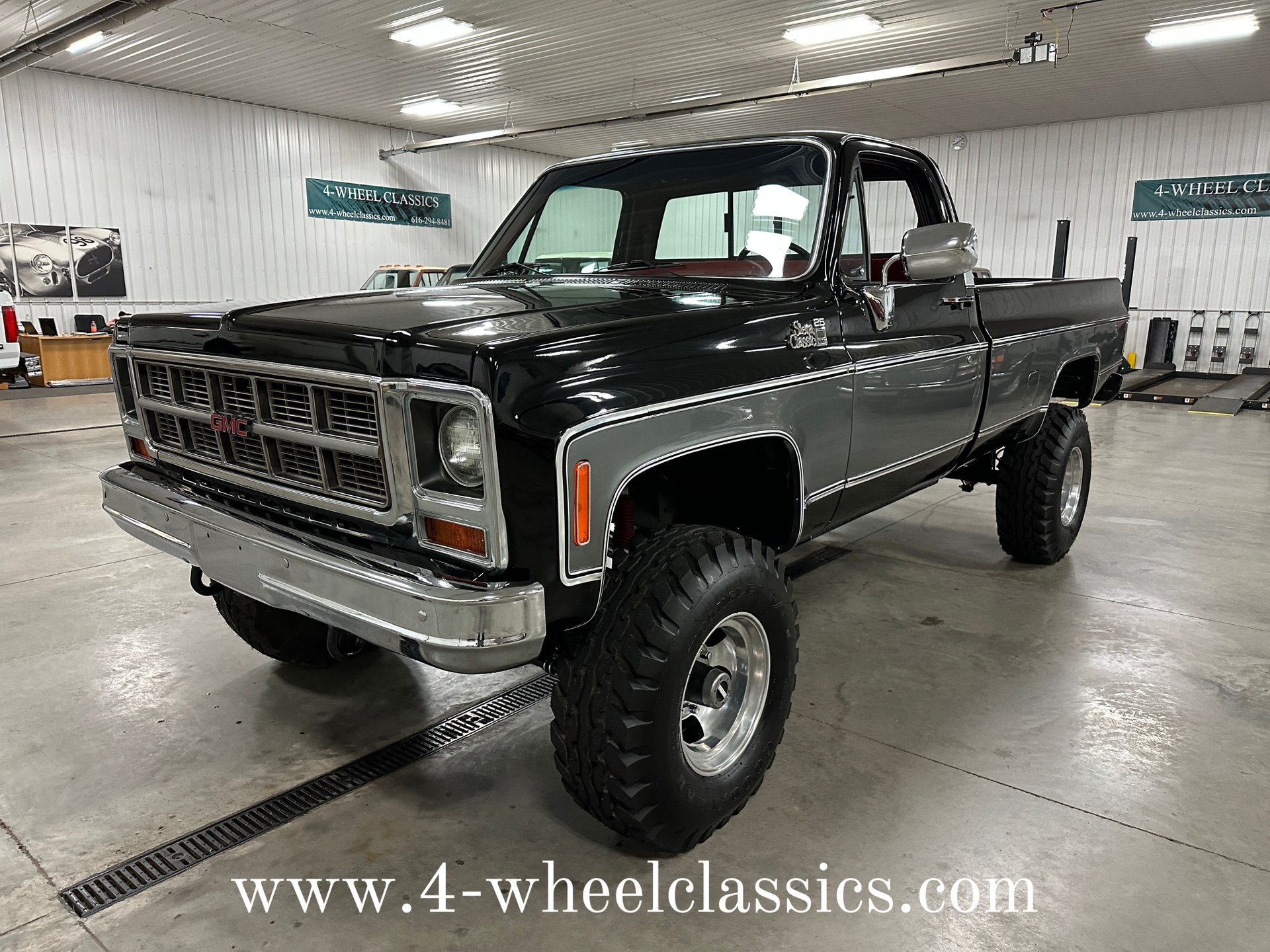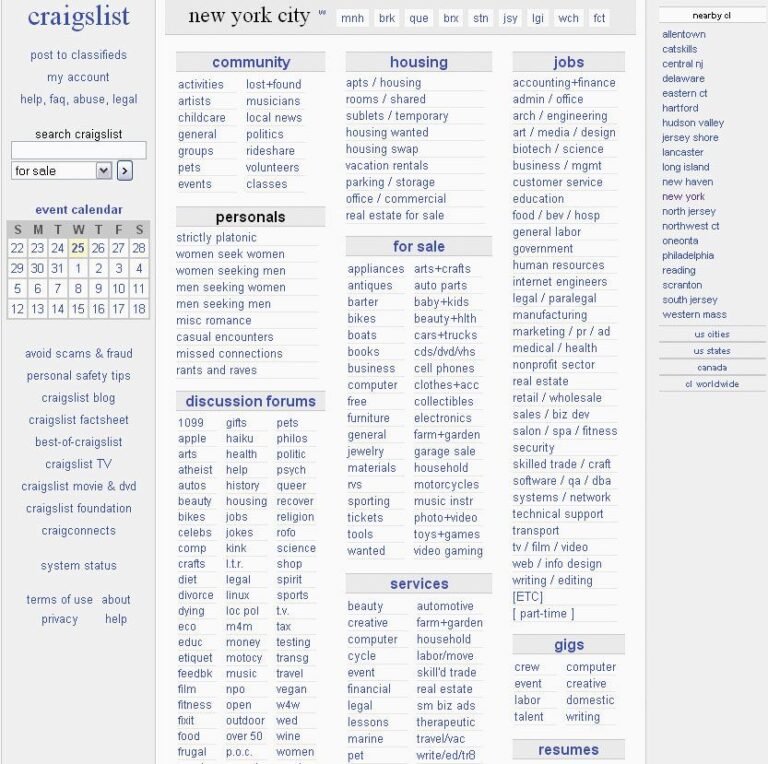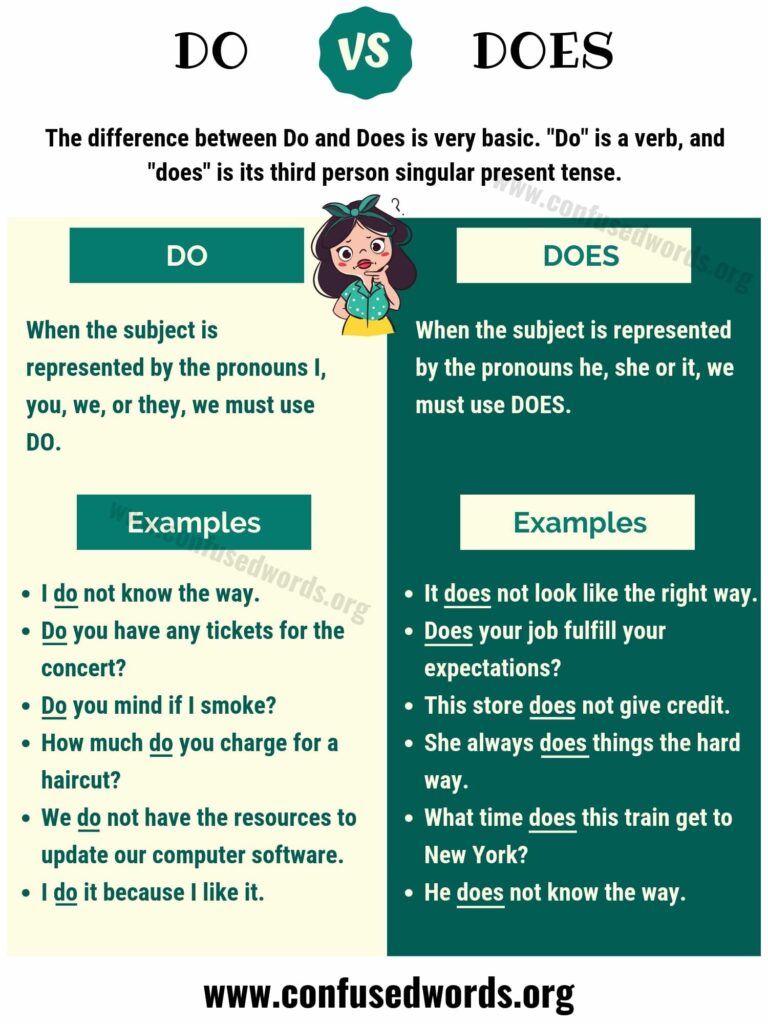1980 To 1987 Chevy Trucks For Sale: A Comprehensive Buyer’s Guide
1980 To 1987 Chevy Trucks For Sale: A Comprehensive Buyer’s Guide cars.truckstrend.com
The rumble of a classic V8, the unmistakable silhouette of a boxy yet bold design, and the promise of rugged dependability – these are the hallmarks of the 1980 to 1987 Chevy trucks. Often affectionately referred to as "Square Bodies" (though the term broadly applies to the 1973-1987 generation), these pickups, Suburbans, and Blazers represent a golden era of American truck manufacturing. More than just vehicles, they are icons of a bygone era, cherished for their straightforward mechanics, impressive durability, and timeless aesthetic. For enthusiasts and practical users alike, the hunt for a 1980-1987 Chevy truck for sale is a journey into automotive history, offering a blend of nostalgia, utility, and a vibrant community. This comprehensive guide will navigate you through the world of these venerable machines, from understanding their appeal to finding and owning your perfect classic Chevy.
The Enduring Appeal of the "Square Body" Era
1980 To 1987 Chevy Trucks For Sale: A Comprehensive Buyer’s Guide
The 1980-1987 Chevy trucks belong to the third generation of C/K series pickups, which debuted in 1973. While the 1973-1979 models share the same fundamental design, the 1980-1987 iteration received a significant facelift, including a redesigned front clip, updated interior, and improved aerodynamics. These updates refined an already successful formula, solidifying their place in automotive lore.
Their enduring appeal stems from several key factors:
- Iconic Design: The angular, no-nonsense lines are instantly recognizable and exude a sense of strength and utility. This design has aged gracefully, making them popular subjects for both restoration and modern customization.
- Robust Engineering: Built during an era when trucks were primarily tools for work, these Chevys were engineered for durability. Their ladder frames, solid axles, and relatively simple powertrains contribute to their legendary toughness.
- Mechanical Simplicity: Unlike modern vehicles laden with complex electronics, these trucks are largely mechanical. This makes them relatively easy to work on for the average DIY enthusiast, reducing repair costs and fostering a deeper connection with the vehicle.
- Versatility: From hauling heavy loads to cruising down the highway, these trucks are incredibly versatile. With various configurations available, there’s a Square Body for almost any purpose.
- Nostalgia and Heritage: For many, these trucks evoke memories of family road trips, working alongside a grandparent, or simply a simpler time. They represent a significant piece of American automotive heritage.
- Vast Aftermarket Support: The popularity of these trucks means there’s an enormous industry dedicated to producing new, reproduction, and upgraded parts, making maintenance and customization straightforward.

Key Models and Configurations (1980-1987)
The 1980-1987 Chevy truck lineup offered a bewildering array of choices, allowing buyers to tailor a vehicle to their specific needs. Understanding these options is crucial when searching for a truck.
C/K Series and R/V Series

- C-Series: Denotes two-wheel-drive (2WD) models.
- K-Series: Denotes four-wheel-drive (4WD) models.
- 10/1500: Half-ton light-duty trucks.
- 20/2500: Three-quarter-ton medium-duty trucks.
- 30/3500: One-ton heavy-duty trucks.

It’s important to note the introduction of the R/V Series in 1987. While the new GMT400 body style debuted for 1988, the older Square Body design continued to be sold concurrently as the R/V series for 1987, 1988, and into 1989 (specifically for the Suburban and Blazer). For the purposes of this article, when we refer to 1987 models, we are primarily discussing the last of the C/K series trucks before the full transition to R/V or the new GMT400.
Body Styles
- Pickup Trucks:
- Fleetside: The most common style with smooth, straight bed sides.
- Stepside: Featuring distinct external fenders and a step behind the cab, offering a more classic or vintage look.
- Short Bed: Typically 6.5 feet long, popular for aesthetics and maneuverability.
- Long Bed: Typically 8 feet long, preferred for hauling and utility.
- Single Cab: Standard two-door configuration.
- Crew Cab: Four-door configuration, offering seating for multiple passengers, less common and highly sought after.
- SUV Variants:
- Chevy K5 Blazer: A full-size 2-door SUV, known for its removable hardtop (until 1987, when the full convertible top was replaced with a smaller, partially removable roof section).
- Chevy Suburban: A full-size 4-door SUV, offering extensive passenger and cargo capacity, available in 2WD (C) and 4WD (K) versions.
Engine and Transmission Options
A wide range of powertrains was offered, catering to various needs:
- Gasoline Engines:
- V6: The 4.3L (262 cu in) V6 was introduced in 1985, offering better fuel economy.
- Small Block V8: The venerable 5.0L (305 cu in) and 5.7L (350 cu in) V8s were workhorses, known for reliability and easy parts availability.
- Big Block V8: The potent 7.4L (454 cu in) V8 was available in heavier-duty models, providing immense torque for towing.
- Diesel Engines: The 6.2L (379 cu in) Detroit Diesel V8 was introduced in 1982, offering improved fuel efficiency over the gas V8s.
- Transmissions: Both manual (3-speed, 4-speed, SM465 "granny low") and automatic (TH350, TH400, 700R4 overdrive) transmissions were available. The 700R4 (introduced in 1982) is particularly desirable for highway cruising due to its overdrive gear.
What to Look For When Buying (Important Considerations)
Purchasing a vintage truck requires a keen eye and a thorough inspection. These vehicles are decades old, and their condition can vary wildly.
- Rust: This is the primary enemy of Square Bodies. Common rust areas include:
- Cab Corners and Rocker Panels: Look inside the door jambs and under the truck.
- Fenders and Wheel Wells: Especially around the tire openings.
- Bed Floors and Supports: Check the underside of the bed and inside the bed.
- Frame: Inspect the entire frame for excessive surface rust, rot, or previous repairs. Pay attention to spring hangers and body mounts.
- Inner Fenders and Radiator Support: Often overlooked but critical areas.
- Engine and Drivetrain:
- Engine: Listen for unusual noises (knocking, ticking, excessive valvetrain noise). Check for oil leaks, coolant leaks, and exhaust smoke (blue for oil, white for coolant, black for rich fuel).
- Transmission: Check fluid levels and color. For automatics, ensure smooth shifts without slipping or harsh banging. For manuals, check clutch engagement and shifter feel.
- Differential and Transfer Case (4WD): Listen for howling or grinding noises. Check for fluid leaks. Engage 4WD to ensure it works properly.
- Suspension and Steering:
- Look for worn ball joints, tie rods, and bushings.
- Check shocks for leaks.
- Test the steering for excessive play or looseness.
- Brakes: Check for spongy pedal feel, pulling to one side, or excessive noise. Inspect brake lines for corrosion.
- Electrical System: Test all lights (headlights, tail lights, turn signals, brake lights), wipers, horn, gauges, radio, and HVAC system.
- Interior Condition:
- Dashboards are prone to cracking due to sun exposure.
- Check seat upholstery for rips and foam integrity.
- Inspect door panels, headliner, and carpet for wear and damage.
- Ensure all windows roll up and down smoothly.
- Frame Integrity: Beyond rust, inspect the frame for any signs of bending, previous accident damage, or shoddy repairs. A bent frame is a deal-breaker.
- Documentation: Always verify the title matches the VIN on the truck. Ask for any available service records or history.
Tips for a Successful Purchase
- Set a Realistic Budget: Factor in not just the purchase price but also potential repair, maintenance, and registration costs.
- Research Common Issues: Familiarize yourself with model-specific quirks or known weaknesses.
- Inspect Thoroughly: Don’t rush. Bring a flashlight and be prepared to get dirty. If you’re not mechanically inclined, hire a pre-purchase inspection (PPI) from a trusted mechanic specializing in vintage vehicles.
- Test Drive Extensively: Drive at various speeds, on different road surfaces. Listen for unusual noises, feel for vibrations, and assess braking and steering performance.
- Negotiate: Most classic vehicle prices are negotiable. Be prepared to walk away if the deal isn’t right.
- Consider Parts Availability: While excellent for Square Bodies, specific trim pieces or rare options might be harder to source.
Restoration vs. Driver vs. Project
When looking at 1980-1987 Chevy trucks, you’ll generally find them in three categories:
- Show Quality Restoration: These trucks have undergone a complete, frame-off restoration, often exceeding factory condition. They command the highest prices and are typically reserved for collectors or those who want a pristine vehicle without the effort. Expect flawless paint, new interiors, and rebuilt mechanicals.
- Solid Driver: These are trucks that are in good, usable condition. They might have some minor imperfections (dings, faded paint, small interior flaws) but are mechanically sound and reliable for regular use. This is often the sweet spot for enthusiasts who want to enjoy their truck without the immense investment of a full restoration.
- Project Truck: These require significant work, ranging from major mechanical repairs to extensive bodywork and interior refurbishment. They are the most affordable upfront but can quickly become money pits if you’re not prepared for the time, effort, and expense involved. They are ideal for those with mechanical skills, a dedicated workspace, and a long-term vision.
Finding Your 1980-1987 Chevy Truck
The search for a Square Body is part of the fun. Here are common avenues:
- Online Marketplaces: Craigslist, Facebook Marketplace, eBay Motors, AutoTrader Classics, and Hemmings are excellent starting points.
- Specialized Forums and Clubs: Websites like SquareBody.com forums, ClassicParts.com forums, and local truck clubs often have classified sections where members sell vehicles.
- Local Dealerships: While rare, some classic car dealerships or specialty truck shops might have well-restored examples.
- Word-of-Mouth: Let friends, family, and local mechanics know you’re looking.
- Auctions: Major automotive auctions (e.g., Mecum, Barrett-Jackson) occasionally feature high-end, restored Square Bodies, but prices can be steep. Smaller, local auctions might offer project vehicles.
Ownership Experience and Customization
Owning a 1980-1987 Chevy truck is a rewarding experience. They are relatively easy to maintain, and the sheer volume of aftermarket parts means you can find anything from OEM-style replacements to performance upgrades and custom accessories. Popular modifications include:
- Suspension Lifts or Lowering Kits: To achieve a desired stance.
- Engine Swaps: Upgrading to a more powerful modern LS engine or a rebuilt classic V8.
- Transmission Upgrades: Swapping in a 700R4 or a more modern automatic for better drivability.
- Brake Upgrades: Improving stopping power with disc brake conversions.
- Interior Refurbishment: New seats, carpet, dash, and modern conveniences like improved sound systems or air conditioning.
- Wheels and Tires: A common aesthetic upgrade that drastically changes the truck’s appearance.
Pricing Table: 1980 To 1987 Chevy Trucks For Sale
Prices for 1980-1987 Chevy trucks can vary wildly based on condition, mileage, specific model (C10 short beds often command a premium), engine, transmission, options, and geographic location. The table below provides a general range; individual vehicles may fall outside these estimates.
| Model/Type (Example) | Condition: Project/Rough Driver | Condition: Solid Driver/Good Original | Condition: Restored/Show Quality |
|---|---|---|---|
| C10 Short Bed (2WD) | $2,500 – $7,000 | $8,000 – $25,000 | $30,000 – $70,000+ |
| K10 Short Bed (4WD) | $3,000 – $8,000 | $10,000 – $30,000 | $35,000 – $80,000+ |
| C10/K10 Long Bed | $2,000 – $6,000 | $7,000 – $20,000 | $25,000 – $55,000 |
| C20/K20/C30/K30 (Heavy Duty) | $2,000 – $7,000 | $7,000 – $22,000 | $25,000 – $60,000 |
| K5 Blazer (4WD) | $3,500 – $9,000 | $12,000 – $35,000 | $40,000 – $90,000+ |
| Suburban (C/K) | $2,500 – $8,000 | $9,000 – $28,000 | $30,000 – $75,000 |
| Crew Cab (C/K) | $4,000 – $10,000 | $15,000 – $40,000 | $50,000 – $100,000+ |
Note: Prices are highly dependent on specific engine/transmission, options, originality, and the overall quality of any repairs or restoration work.
Frequently Asked Questions (FAQ)
Q: What’s the difference between a "Square Body" and a "Rounded Line"?
A: "Square Body" is the common nickname for the 1973-1987 (and R/V series through 1991) C/K generation of Chevy/GMC trucks, referring to their angular design. "Rounded Line" was GM’s official marketing term for this generation, highlighting their departure from previous designs.
Q: Are parts hard to find for these trucks?
A: No, quite the opposite! Due to their immense popularity and long production run, aftermarket support is excellent. You can find almost any mechanical, body, or interior part new or used.
Q: What’s the best engine for these trucks?
A: The 5.7L (350 cu in) small block V8 is often considered the best balance of power, reliability, and parts availability. The 4.3L V6 offers better fuel economy, while the 7.4L (454 cu in) big block is ideal for heavy towing.
Q: How much rust is too much?
A: While some surface rust is expected, extensive rust through the frame, body mounts, or structural components is a major red flag and costly to repair correctly. Minor rust on non-structural panels is more manageable.
Q: Can I daily drive a 1980-1987 Chevy truck?
A: Absolutely! Many people do. With proper maintenance, a solid driver-quality Square Body can be a reliable daily vehicle. Consider upgrading to an overdrive transmission (like a 700R4 or modern swap) for better highway fuel economy and comfort.
Q: What does C10 vs. K10 mean?
A: "C" denotes two-wheel-drive (2WD) and "K" denotes four-wheel-drive (4WD). "10" indicates a half-ton light-duty truck. So, a C10 is a 2WD half-ton, and a K10 is a 4WD half-ton.
Conclusion
The 1980 to 1987 Chevy trucks represent a beloved chapter in American automotive history. Their robust construction, timeless styling, and mechanical simplicity have cemented their status as highly desirable classics. Whether you’re seeking a pristine show truck, a reliable daily driver, or a rewarding restoration project, the market for these Square Bodies is vibrant and welcoming. The journey of finding and owning one of these iconic machines is more than just a transaction; it’s an entry into a passionate community and a chance to own a versatile piece of American heritage that continues to turn heads and inspire pride on the open road. With careful research and a thorough inspection, your perfect 1980-1987 Chevy truck is waiting to begin its next chapter with you behind the wheel.






